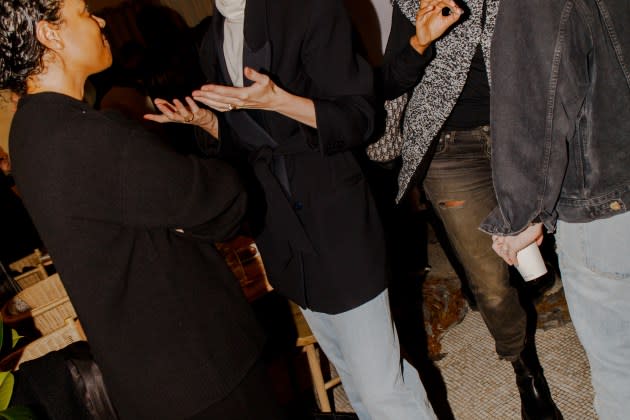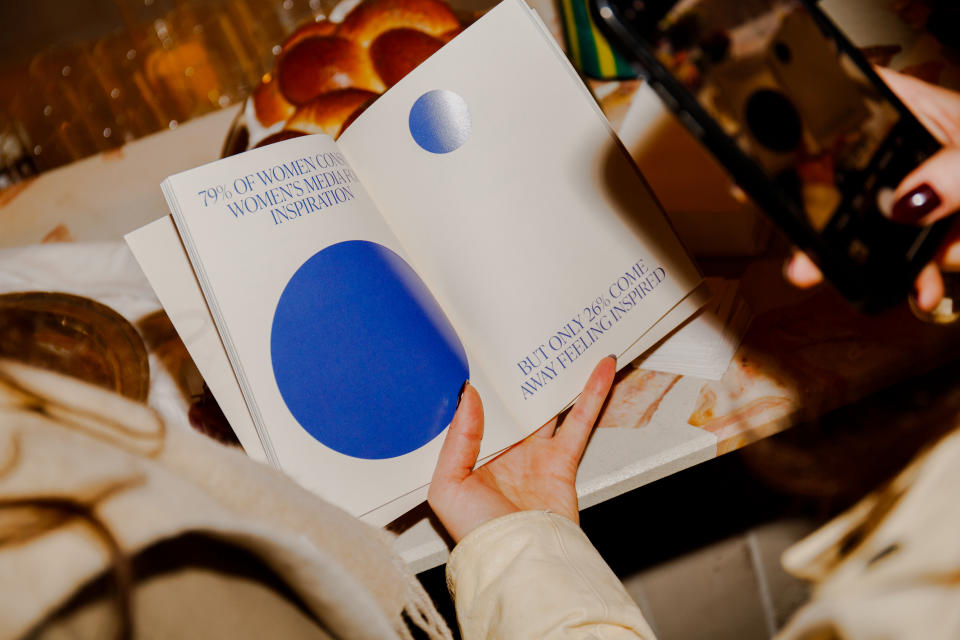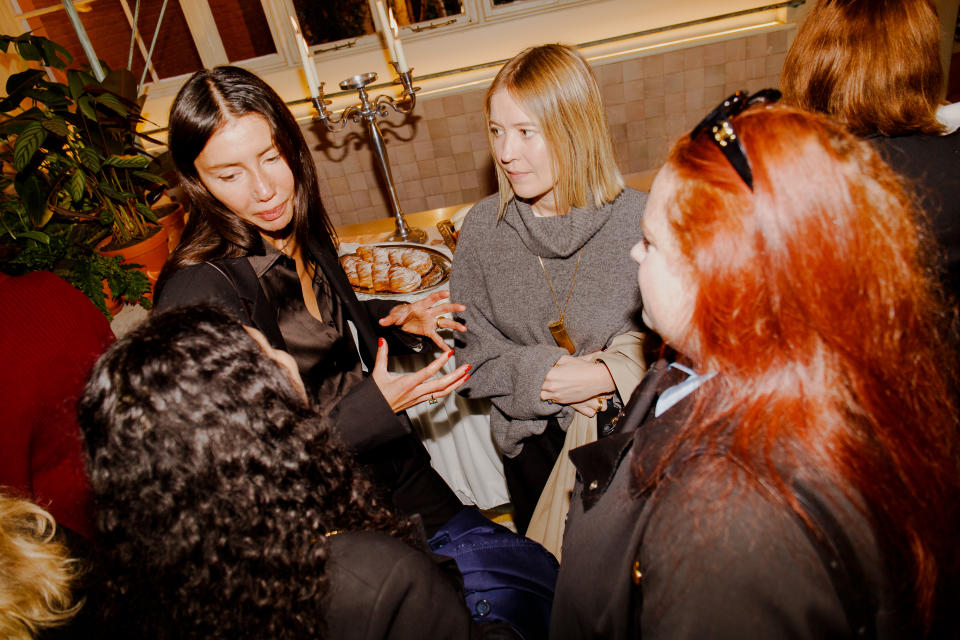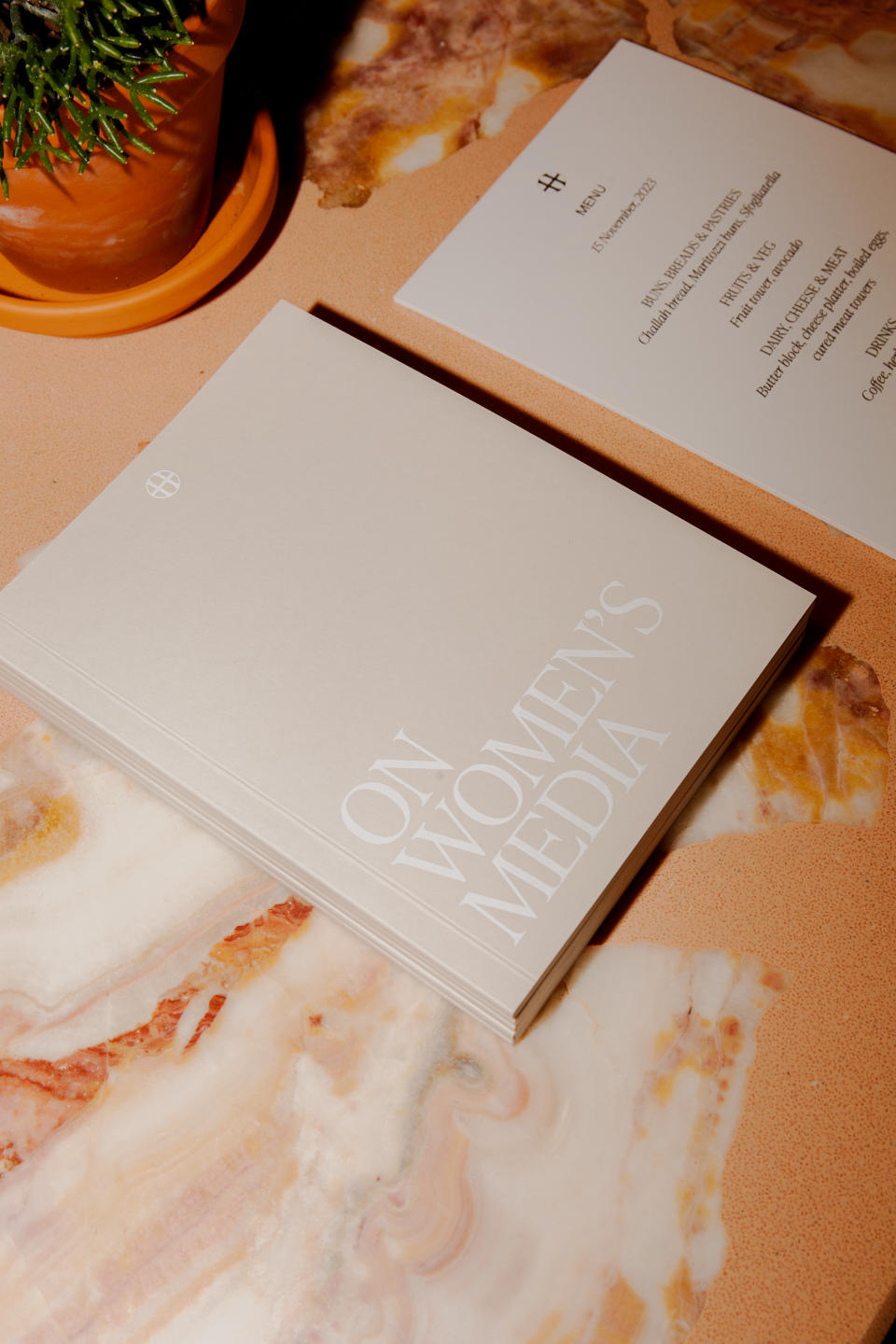Hurs Examines State of Female-led Media With White Paper

Hurs, a biweekly newsletter that aims to challenge traditional media’s way of representing and speaking to women, on Wednesday, celebrated the release of its white paper titled “On Women’s Media” at Browns in London.
Written in partnership with The Mix, a London-based women-led research agency, the paper is looking to uncover how luxury brands and media publications can reinvent the style media category beyond aspiration to create community, value and growth.
More from WWD
Bonnie Langedijk, founder of Hurs, noted that many media brands are not bringing any real value to the readers.
“Our findings showcase that the majority of media continue to publish what they believe women want to read, instead of listening to their readers,” she said.
“Some 79 percent of women consume women’s media for inspiration, but only 26 percent come away feeling inspired. The topic of female empowerment is used to draw women in, but there are some significant challenges in the framing. While publications have made themselves believe women positively relate to the term, only a third want to read content about female empowerment,” Langedijk added.
Still, the paper noticed that women are interested in connecting through publications, even though some 40 percent of the women Hurs spoke to say women’s style media affects their self-esteem due to the “constant demand for self-improvement”.
“Whilst luxury style media has failed to reinvent itself and has become largely irrelevant as it relates to culture, it remains a critical component of relationship-building between luxury brands and their consumers. Surprisingly, 91 percent of luxury/style media audiences feel a sense of belonging based on the publications they read. It’s clear we are great at creating the basis of the relationship but we need to change the terms of the deal,” Langedijk pointed out.

For this white paper, the first physical publication by Hurs, Langedijk and The Mix spoke to hundreds of women pulling insights from three overarching sources. Two surveys were conducted to generate quantitative insights from both the Hurs community as well as the wider style media audience.
“Separating the two groups, allowed us to understand the general public’s point of view as well as catch a glimpse of where the market is headed through polling a sub-segment of the Hurs audience, which includes industry insiders and initiators of where culture goes next,” Langedijk said.
Hurs also invited women from its community, such as fashion designer Faye Toogood, Bettter’s creative director Julie Pelipas, Huxley founder Anna Meacham, A Vibe Called Tech founder Charlene Prempeh and designer Mimi Shodeinde to share their thoughts on women’s media through a series of in-depth, one-to-one interviews as well as group workshops.
The launch of the white paper will also be accompanied by a series of Op-Eds, to be released next week, by leading female figures like Leila Fataar, chief executive officer at the brand building agency Platform13, Jordan Mitchell, cofounder of the talent, partnership and cultural strategist Good Culture Inc., and Carole Bildé, chief marketing officer at Veuve Clicquot.

Personally, one finding in the white paper served as a guide for where Hurs should go next for Langedijk, who used to work at places like Elle Netherlands and Net-a-porter before launching Hurs in April 2022.
“What remained at the center of the conversations we had was that women are looking for nuanced conversations that represent different viewpoints, opinions, and narratives. Some 56 percent of the people we spoke to want to explore multiple points of view from a diverse group of people on the same topic, all of which would help style media to feel more inspirational and authentic,” she noted.
In the case of Hurs, the opinions are delivered via the panel talks conducted through a direct message group on Instagram where women share “unfiltered conversations around what’s best over what’s new and connecting women through intelligent conversations around style,” Langedijk added.
She also noticed that her community cares very little about celebrity content. Therefore, Hurs will feature more of those who are often “left unheard or pigeonholed into only being allowed to speak on a singular topic.”
For next year, Langedijk said more physical touchpoints will be created for the readers “to connect with us as a media brand, but above all to build relationships with each other beyond our publishing.”

In a nutshell, Langedijk believes that female-led businesses like Hurs are “simply more equipped to put women first.”
“There are still too many publications with a specific ‘women’ section or who make one-dimensional lists based on gender. As long as women are othered or singled out based on their gender there’s work to do,” she said. “The media world has for a long time only been accessible to the few, while if we want to report on what’s happening in the real world, we need as many different voices, perspectives and narratives as we can get.”
Langedijk thinks that women’s media, collectively, needs to move away from “these singular, superficial narratives and create stories that mix recommendations with topics of business and strategy.”
“Male-led publications have done a better job at creating digital media brands around what’s actually happening in culture. As it relates to style media for women, much of the focus is on the general public over focusing on a niche audience. Men have more digital platforms where all of the culture comes together through a specific aesthetical lens, think Highsnobiety or Monocle, while women are expected to sift through multiple publications to find the stories they care about on their own.
“Women have been as specific about style and culture as men have, but there simply hasn’t been a digital media brand that has been able to capture that. That’s what Hurs is about,” Langedijk touted.
Best of WWD


